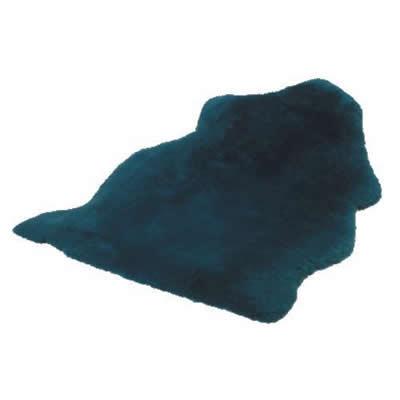Medical Sheepskin are an effective and ecconomical solution for portable pressure ulcer prevention.
One of the most difficult to treat medical conditions arising from long term immobility is the very likely occurrence of decubitis ulcers, otherwise known as pressure sores or pressure ulcers.
Those people confined to a wheelchair or bed for extended periods or permanently, are particularly at risk of suffering pressure ulcers.
Pressure ulcers (decubitis ulcers) are a frequent occurrence in many Australian health institutions.
Pressure sores show as tissue breakdown due to prolonged compression with consequent reduction in capillary blood flow in the tissue between the person’s boney prominences and the surface they lay or sit upon. The direct causes are pressure at susceptible points, friction or shear forces at the point of contact between the patient and the support surface and a build up of moisture or humidity at the interface surface. More information about Pressure Sores
During 1997 the CSIRO – in partnership with industry – developed new technologies and standards to enable production of long life, high performance, medical sheepskins particularly suitable for prevention of pressure ulcers. Medical sheepskin reduce pressure, friction, and excess moisture (which can cause chafing).
The Australian Standard AS 4480.1-1997 was introduced to provide a regulated environment for quality control of medical sheepskin used in the health care industry. Prior to the introduction of the Australian Standard, it was extremely difficult for the licensing authority (the International Wool Secretariat) to properly manage the quality and effectiveness of the various medical sheepskins claiming therapeutic benefits.
The Australian Standard defines the size of the medical sheepskin, the performance criteria, and the wool characteristics. The mandatory label which is attached to the underneath of the medical sheepskin will also include the Manufacturers identification code.
An Australian Medical sheepskin can be laundered many times over at wash temperatures up to 80 degrees Centigrade, thus achieving high level disinfection that will meet hospital infection control standards. At these high temperatures, thermal disinfection is easily achieved with the tanning technology ensuring a stable leather for a long life over many wash/dry cycles – 50 plus cycles are possible based upon CSIRO tests.
Wool type, wool length and the final finish are important elements of the performance criteria. The unique properties of medical sheepskin having between 4,000 and 6,000 fibres per square centimetre cannot be replicated by manufacturing technology. Each wool fibre is uniquely and individually held intact by the tanned skin of the sheep, contributing to its value as a medical product and distinguishing the genuine sheepskin from its many manufactured imitations. Interfaced between patient and the contact surface, they reduce pressure, friction and moisture – the primary causes of pressure sores.
The medical sheepskin is manufactured from Merino crossbreed sheep with finished staple length of 30mm to achieve a low friction coefficient. Its high density of soft springy and resilient fibres, provides a cushion to distribute and relieve pressure at vulnerable pressure points on the person’s body, allowing for cooling air movement between their skin and the leather of the medical sheepskin.
Uniquely, medical sheepskin wool fibres can absorb up to 34% of their dry weight in moisture without feeling damp, rapidly dissipating this moisture away from the source. This is a cause of great comfort to immobile or incontinent people, where moisture is caused by perspiration or urine.
The performance criteria for medical sheepskins complying with the Australian Standard is arguably the most demanding made of any leather product.
More information about Medical Sheepskins can be found here
Copyright – Mobility Rentals & Sales 2016




